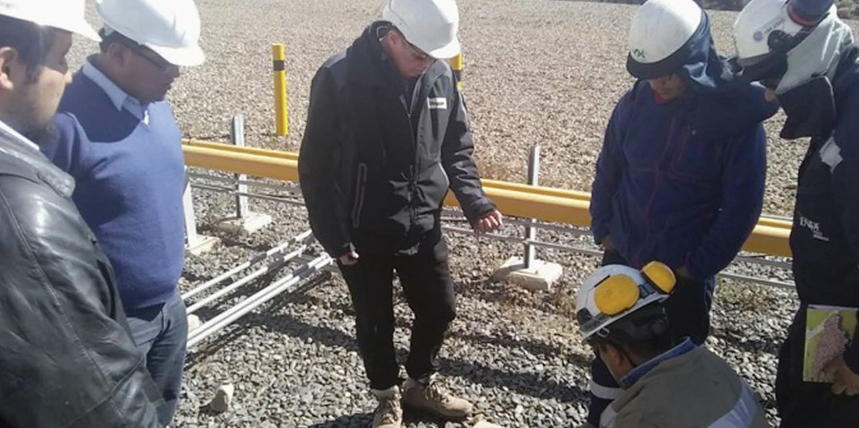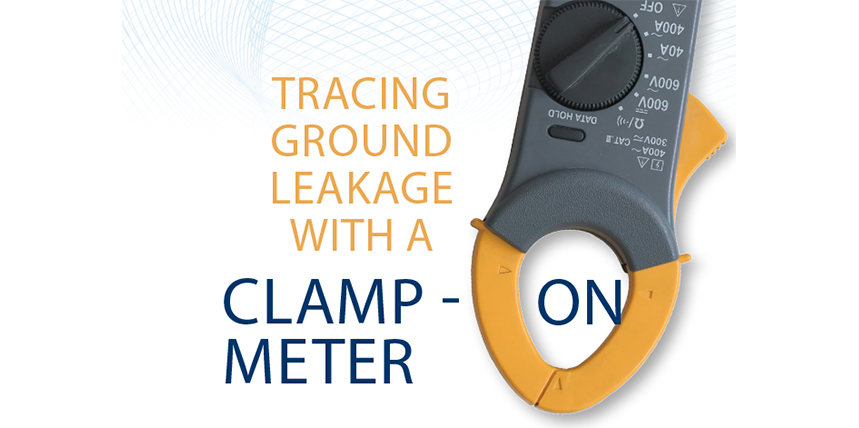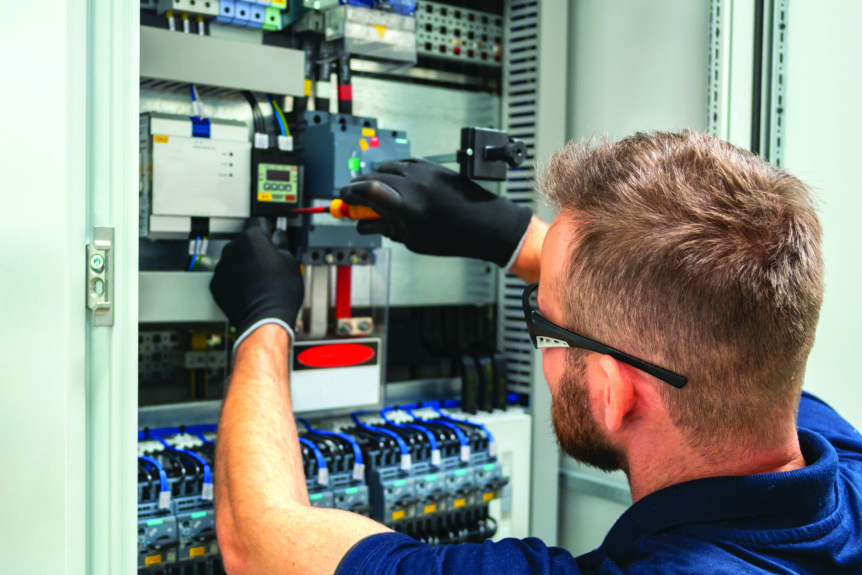First, let’s look at some industry-accepted definitions to establish context. Low voltage is anything below 1 kV. The common building-wiring voltages are 120, 240, 480, and 600 V. To the uninitiated, this can seem confusing and even ridiculous. Get across 600 V, and it can fry you like bacon, but in industry parlance, it is still low voltage. Put into …
Cable Testing
Cable testing is one of the oldest forms of testing in the industry. At first, cables were tested using DC voltages, but this was found to damage newer cable types, so additional cable testing methods were developed. This issue’s Tech Quiz takes a look at cable testing. 1. During the early years of cable testing, which two primary types of …
Programs, Policies, Manuals, Procedures, and Training
Many regulatory agencies direct which documents are required to perform a company’s tasks. In some cases, federal and state requirements must be adhered to for the same task or hazard. For example, the United States Environmental Protection Agency (US EPA) and state environmental agencies, such as the Massachusetts Department of Environmental Protection (MA DEP), regulate potential environmental impacts that may …
Drones & Spaghetti Dinner
May 2020 was a difficult month for our nation, and 2020 is certainly shaping up to be a difficult year. As essential service providers, many in our industry were called upon to maintain or continue building the nation’s infrastructure. We all understand and appreciate that hospitals, emergency services, government facilities, manufacturing, and even residences could not function without power, and …
Effect of CT Saturation on Transformer Differential Protection
This article demonstrates how CT saturation can adversely affect transformer differential protection and how to easily mitigate its effects via inbuilt relay functions. The solution is to provide calculations and simulation for a three-phase fault on the low side of the transformer just external to the CTs. Application The application is for a three-phase delta-wye connected transformer serving station load …
NFPA 70E–2021 Is Here — How Did That Happen?
In September 2020, the newest (2021) edition of NFPA 70E, Standard for Electrical Safety in the Workplace® will be available to the industry. So how is it that such an important safety standard, put forth as a national consensus document, is reviewed, revised, and improved every three years? We’ll look at the process a little later in this article. But …
Medium-Voltage Cables
Welcome to the fall edition of NETA World. In this issue, our authors cover the various methods for performing testing on medium-voltage cables. I recommend you start with the article by Tom Sandri of Shermco Industries, which lays out the current test methods for acceptance and maintenance testing of medium-voltage cables. Next, dive into the articles on specific testing methods …
Tracing Ground Leakage with a Clamp-Meter
The clamp-on current meter that appeared in the late 20th century was a blessing to everyone working in electrical testing. It improved the vital measurement of one of the three components of Ohm’s Law by a quantum leap. No more difficult, costly, time-consuming, and potentially dangerous direct connections to live circuitry. Just clamp a pair of jaws around a conductor …
Safety First, Last, and Always
Everyone says they want to be safe, but when you get right down to it, some are more serious — or possibly they understand the consequences of incorrect decisions more accurately — than others. Whoever performed the repair in this photo did not have a clue what they were doing or the possible consequences of such shoddy work. Thankfully, we …
Limiting Arc Flash Exposure on Low-Voltage Systems
As the electrical industry addresses arc flash electrical safety concerns, it now acknowledges the high risks associated with what used to be normal maintenance tasks. In many cases, excessively high arc flash incident energy levels require all maintenance to be done with equipment de-energized, despite the fact that it may not always be considered feasible. In addition to the usual …







